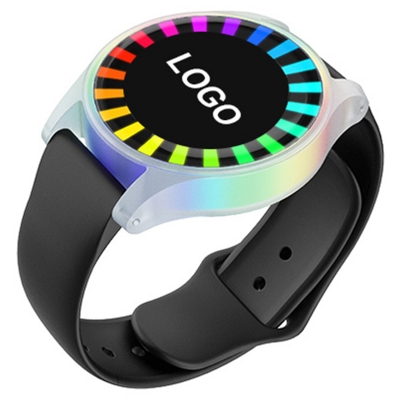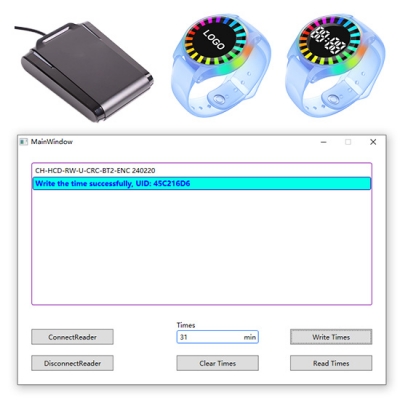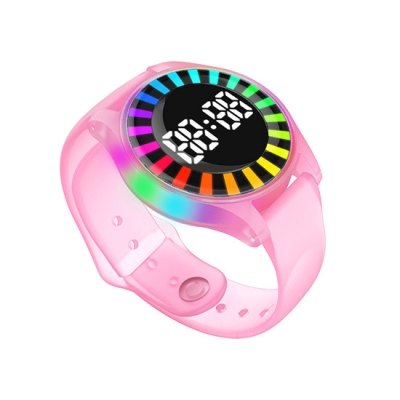Data centers across every industry are using RFID to track, manage and secure their IT assets. But if you want to effectively deploy RFID in your data center, you'll need to select your tags carefully.
Below are four issues you need to address.
A data center is the most benign environment you could deploy RFID in. That's because the significant environmental controls used to protect IT devices also protect the RFID tags you use to track them. This eliminates the many stressors that cause tags to fail,like heat, moisture, chemicals, impacts and severe vibration.
But despite these favorable conditions, there are a number of constraints that make it difficult to mount tags on data center assets. To optimize the performance of your RFID system, you'll need tags that meet these requirements.
TAG SIZE
When tagging data center assets, the biggest issue is footprint – the size of the tag. A typical asset has connections, wires and vents taking up most of the interior and exterior surfaces. This makes finding the space to mount a tag a challenge.This presents a number of constraints you'll need to work around.
Shapes
Data center assets come in many sizes and configurations. It is likely you will need a variety of sizes to fit all the devices in your data center.
Thickness
The second factor affecting tag mounting is thickness. A lot of data center assets only have room to support a thinner tag. This limits the range of tags you can use and the RFID service providers you can work with, as not everyone carries an ultra-thin RFID tag. You'll also need to ensure the profile doesn't interfere with the way devices are mounted or used.
Read Range
One final consideration is the read range of the tag. Most data centers deploying RFID don't require a long read range for standard tracking processes.However, if you intend to use RFID for security applications, the tags you use will need a long enough read range for portals to reliably read the tags as they pass through.
SURFACE COMPATIBILITY
To achieve reliable performance, an RFID tag has to be compatible with the surface to which it is mounted. Certain surface materials like metals interfere with RF waves.For example, if you need to mount a tag on a metal surface, you'll need a mount-on-metal or multi-surface tag. If you mount a tag designed for non-metal surfaces onto a metal surface, the tag won't work at all.
This problem is particularly pressing for data centers.Data center assets frequently include metal surfaces that require a mount-on-metal tag. You also need to worry about the proximity of the surface to nearby metal. A plastic surface near metal will perform like a mount-on-metal application.Another challenge is that devices in data centers often contain plastic materials that look like metal.This causes two problems:
First, you could mistake the plastic for metal and use a mount-on-metal tag, which won't work properly.Second, you could properly identify the material as plastic, but the coating contains metal and is conductive enough that it will act like a metal for the purposes of RFID. In this case, a tag designed for plastic surfaces won't work, so you'll need to select a mount-on-metal tag.Because of this, it's fairly common to not know what material you're mounting a tag on. This means you have to be careful about the tag you're picking to achieve optimal performance.
METALLIC INTERFERENCE
In spaces with high quantities of metal, metallic interference can reflect and alter the radio waves RFID tags and readers use to communicate. With so many devices packed into one space, data centers contain enough metal to cause serious interference with an RFID system.Another consideration is the device out of the box might look very different from the device in use. For example, when you mount a tag, the device has a clean and open bezel. But deployed in the data center the device may have dozens of interconnect cables plugged into its front panel. These connections may shield the tag from the reader, reducing the reliability of the system. When mounting the tags, you need to consider the ‘as deployed' configuration of the device and ensure that the tag is positioned to read well as the device is mounted in the rack and with all of the interconnects in place.In the end, a tag with a higher price but faster implementation could reduce your labor costs and save your business money.
CONCLUSION
RFID tags offer numerous benefits for tracking data center assets. But to reap those benefits, you need to select tags that provide reliable reads in the data center so your data is accurate and complete.
Click the link to know about our product details:














